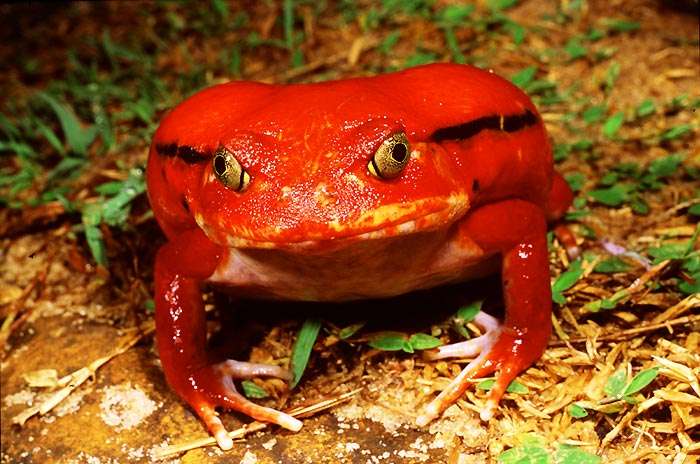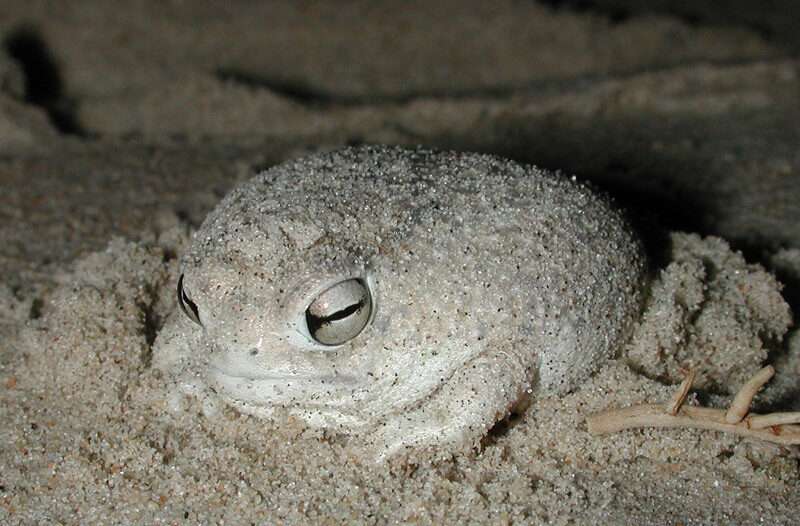
Average Lifespan: 20.5 years
Morphology
Despite rarely being longer than 4 cm, their adult body length (from snout to vent) ranges from 3.1 to 5 cm. There are reports of 3 g average weights.
The distinctive black and yellow body bands that run throughout this species help you identify it. As a frog ages, the black bands frequently divide into patches. Aposematic coloration is defined as having strikingly brilliant hues that are used to alert potential predators of danger or disgust. This vibrant colouring unmistakably depicts aposematic coloring. Because of the toxic substances that are known to be produced in their skin, these frogs pose a threat to the majority of possible predators. In this species, females frequently outnumber males in size and vigor.

Habitat
Yellow-banded poison dart frogs can be found on forest soil in moist stones, wet tree trunks, and the roots of rainforest trees. They like humid or wet environments. In epiphyllic plants, such as bromeliads, tadpoles can be discovered. Lowland areas with average temperatures of 26 to 30 degrees Celsius or higher are where you can find them. There have been reports of these frogs between 50 and 800 meters above sea level.
Feeding
These frogs are primarily insectivorous, eating termites, ants, tiny beetles, crickets, as well as other small insects and spiders. Since their prey is so little, it stands to reason that they spend the majority of their time hunting for food in the wild. They are fed fruit flies and crickets when kept in captivity (often, “pinhead” crickets and wingless fruit flies). D. leucomelas lose their skin toxins when reared in captivity, which suggests that they may produce the toxins from a food source. Formacine ants are a significant source of food in the wild that could supply the ingredients needed to create the toxins.
Keeping as pet
They are secure and safe. They make wonderful pets because you can feed them the bothersome insects that make up their diet! They are simple to breed in captivity.
Table





